15 Incredible Animals That Have Basically Discovered Immortality
For ages, people have chased immortality through myths, ocean voyages, and frozen science experiments. In the meantime, some animals seem to have stumbled on it already. They don’t age in familiar ways, and a few manage to escape aging entirely. These creatures show that immortality in nature isn’t just a human obsession.
Immortal Jellyfish Can Rewind Life Itself
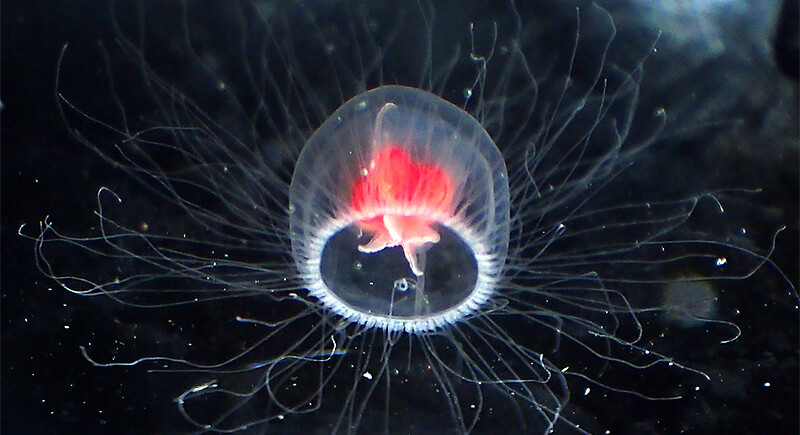
Credit: Wikimedia Commons
Turritopsis dohrnii is about the size of a pinky nail, yet its trick is anything but small. When life gets rough, it turns itself back into a baby. It reverts into a polyp and restarts development. As long as it avoids predators and disease, it can repeat this loop forever.
Lobsters Just Keep Growing
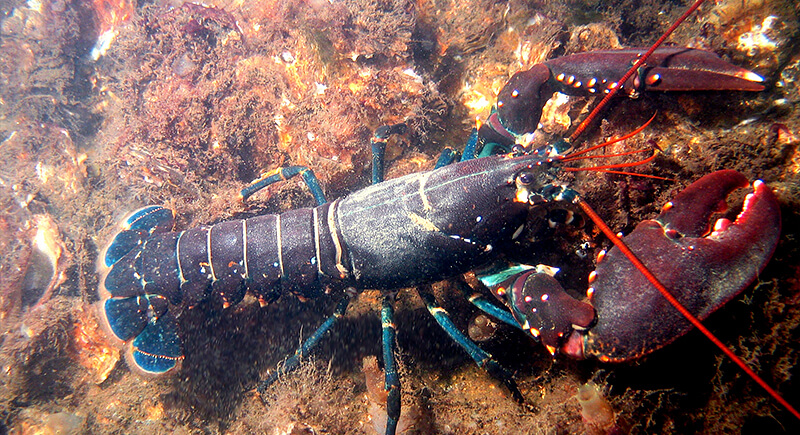
Credit: Wikimedia Commons
Instead of slowing down with age, lobsters grow larger, stronger, and in some cases, more fertile. Their secret is telomerase, an enzyme that repairs DNA and delays cell aging. They’re not invincible, as molting complications and disease catch up eventually, but aging itself doesn’t seem to be what brings them down.
Greenland Sharks Age Like Icebergs
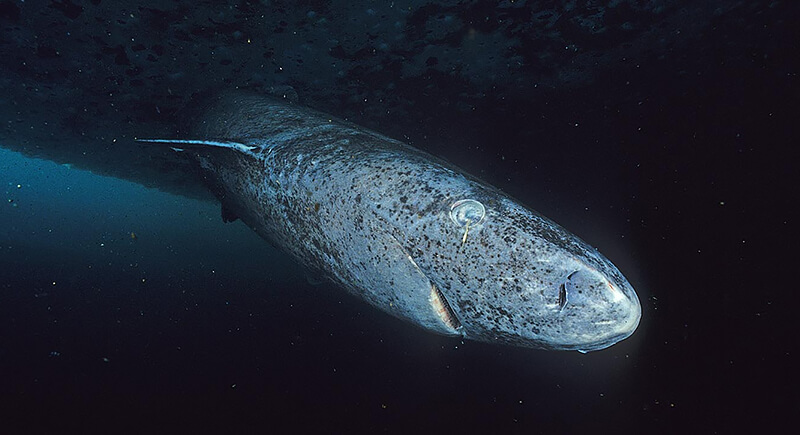
Credit: Wikimedia Commons
Living deep in Arctic waters, Greenland sharks may not mature until around 150 years old. One was carbon-dated at approximately 400 years old, making it the longest-living vertebrate recorded. Their slow metabolism and cold habitat help preserve them. They’re rarely seen and hardly studied, but clearly in no rush.
Planarian Flatworms Never Seem to Vanish
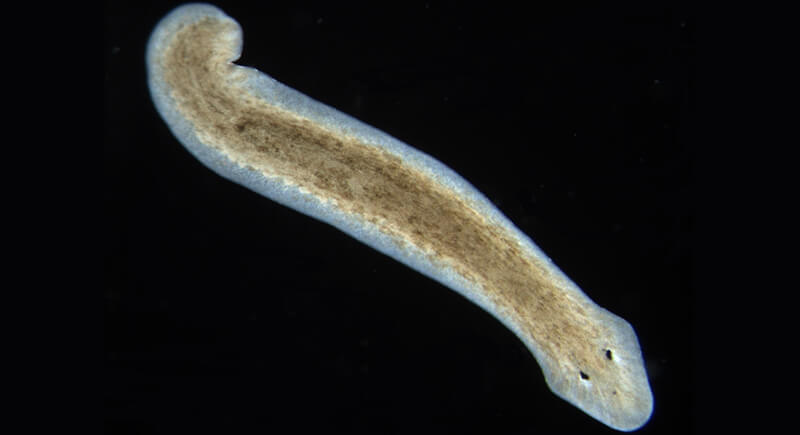
Credit: Wikipedia
Cut one of these worms in half, and you don’t get a lifeless one—you get two worms! Scientists at the University of Nottingham discovered that planarians use a rich supply of pluripotent stem cells, which allows them to regenerate endlessly.
Bdelloid Rotifers Are Practically Survival Icons
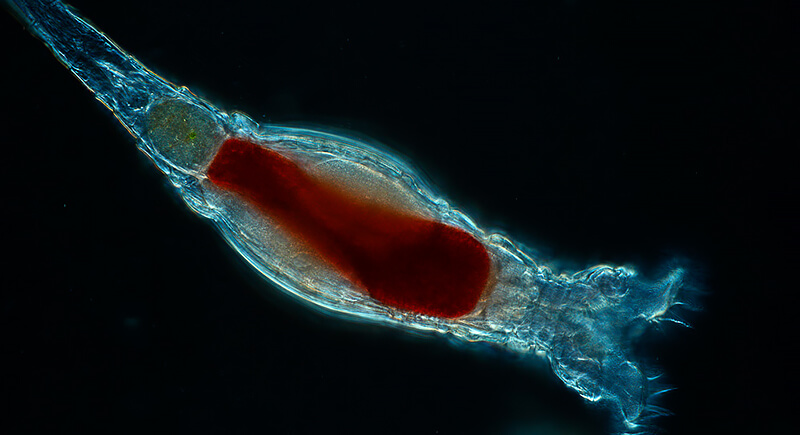
Credit: Wikipedia
These microscopic creatures have lived for tens of millions of years without reproduction. They dry out, shrivel into dormancy, and return to life when rehydrated, even after years. They also absorb foreign DNA from bacteria and fungi. They’ve survived radiation, droughts, and extreme heat.
Hydra Shrug Off Aging Altogether
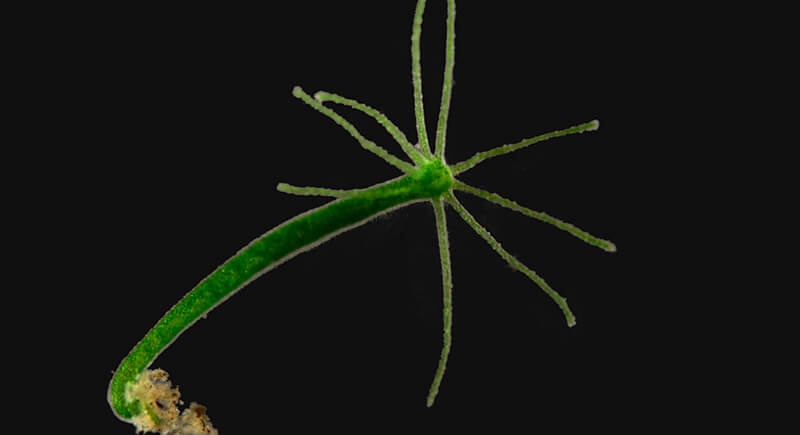
Credit: Wikimedia Commons
Hydras constantly renew their cells using stem-like mechanisms. Scientists haven’t observed any age-related decline in their bodies. Instead, they maintain biological youth indefinitely by continuously replacing themselves at the cellular level. As long as they’re fed and left alone, their tiny tube-shaped bodies just keep functioning like nothing ever changes.
Water Bears Pause Their Lives for Decades
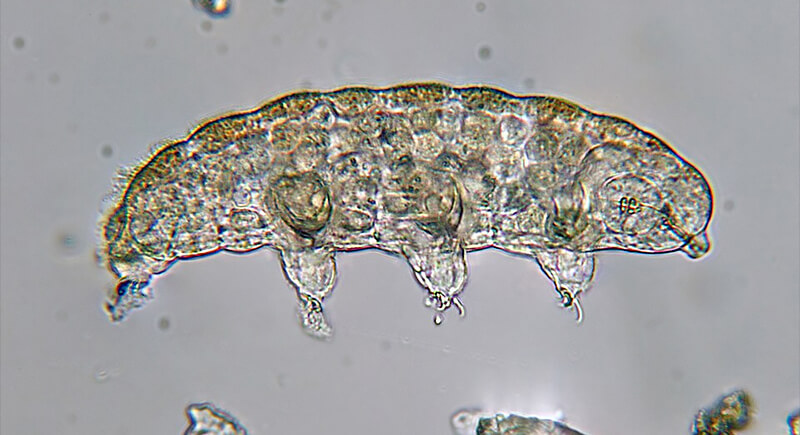
Credit: Wikimedia Commons
Tardigrades can be boiled, frozen, blasted with radiation, or even sent into space and still survive. They do it by shutting down in a state called cryptobiosis, where their bodies dry out and metabolism stops. When conditions improve, they take on water and start moving again. Some evidence suggests they can endure this way for decades.
Bowhead Whales Outswim Generations
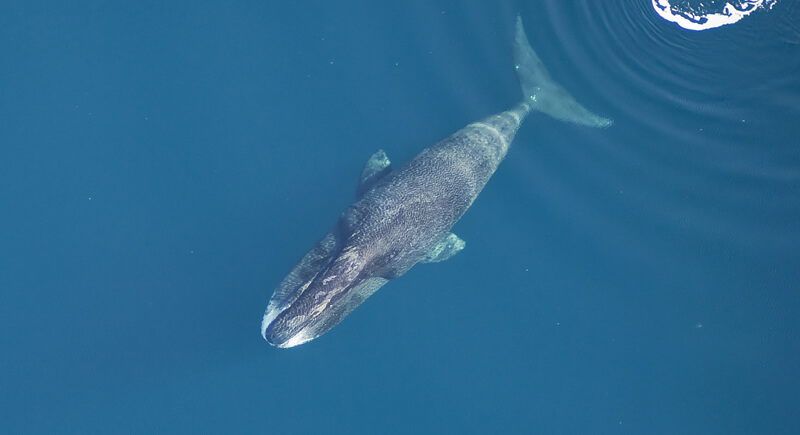
Credit: Wikipedia
Bowhead whales can live over 200 years, with DNA-repairing genes that likely help them resist cancer and degeneration. One individual harpooned near Alaska in the 1990s had stone fragments in its body from a weapon dating back to the 1800s.
Sea Anemones Rely on Regrowth, Not Replacements
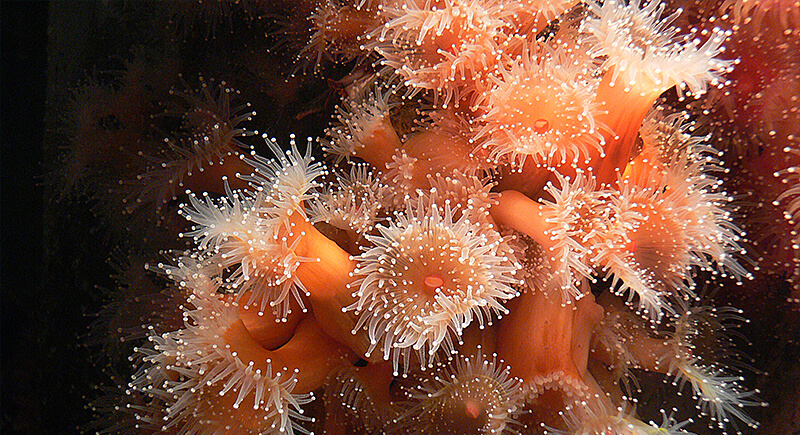
Credit: Wikimedia Commons
In ideal lab settings, they’ve thrived for decades without cellular breakdown or age-linked changes in function. Sea anemones regenerate damaged parts, including tentacles and even internal tissues. Some species show no clear signs of aging and may live well beyond 100 years in stable environments.
Tree Weta Freeze, Then Come Back
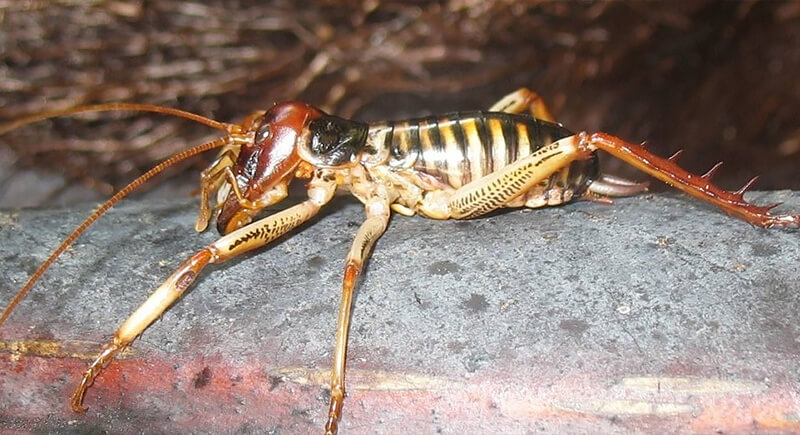
Credit: Wikimedia Commons
These large New Zealand insects survive full-body freezing thanks to special proteins in their blood. Even their hearts and brains stop during extreme cold, yet they return to normal when thawed. Biologists sometimes call them “zombie bugs”—a name earned by freezing, stopping, and simply resuming life later.